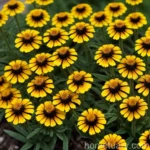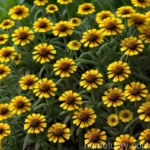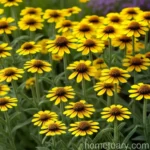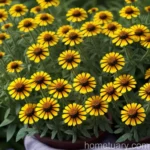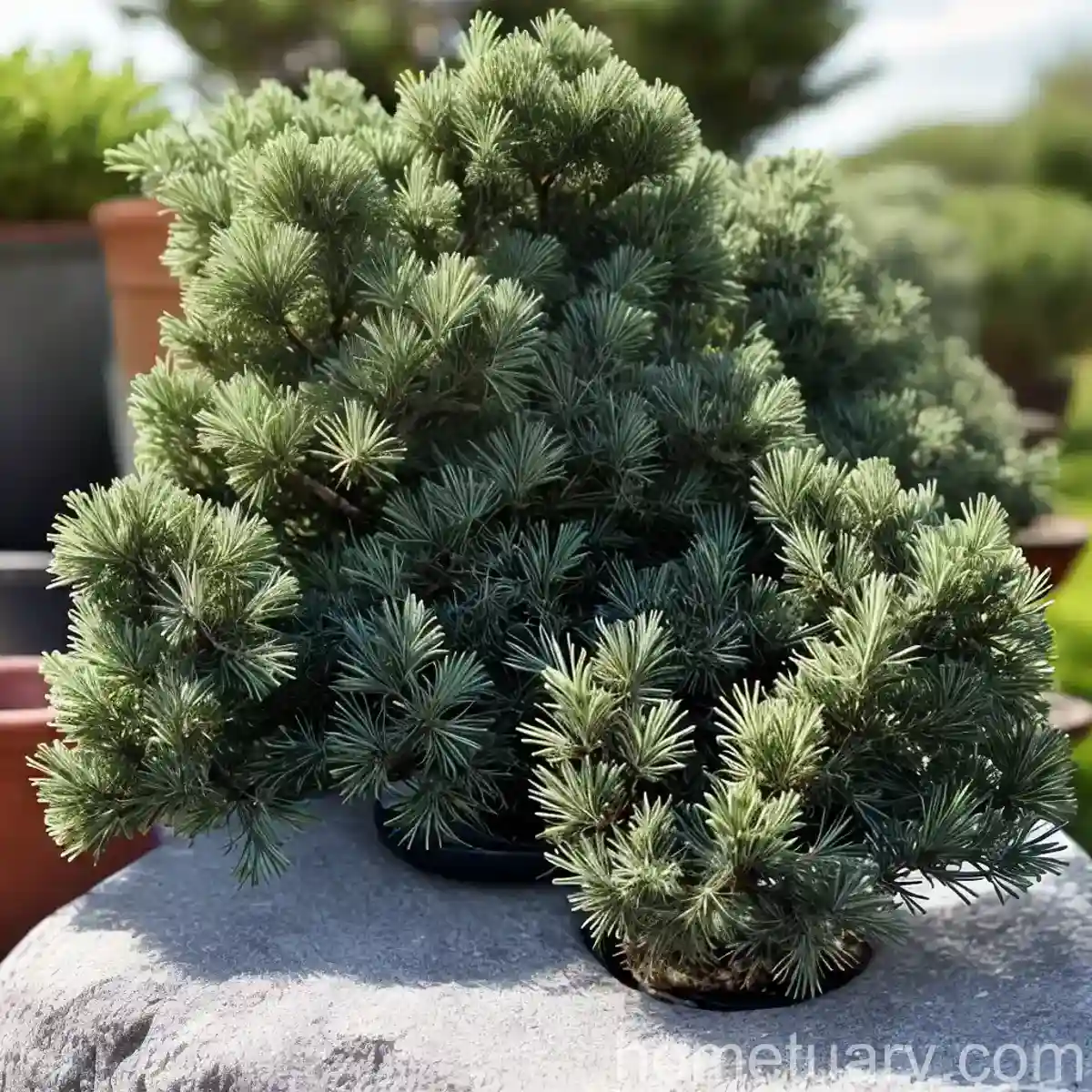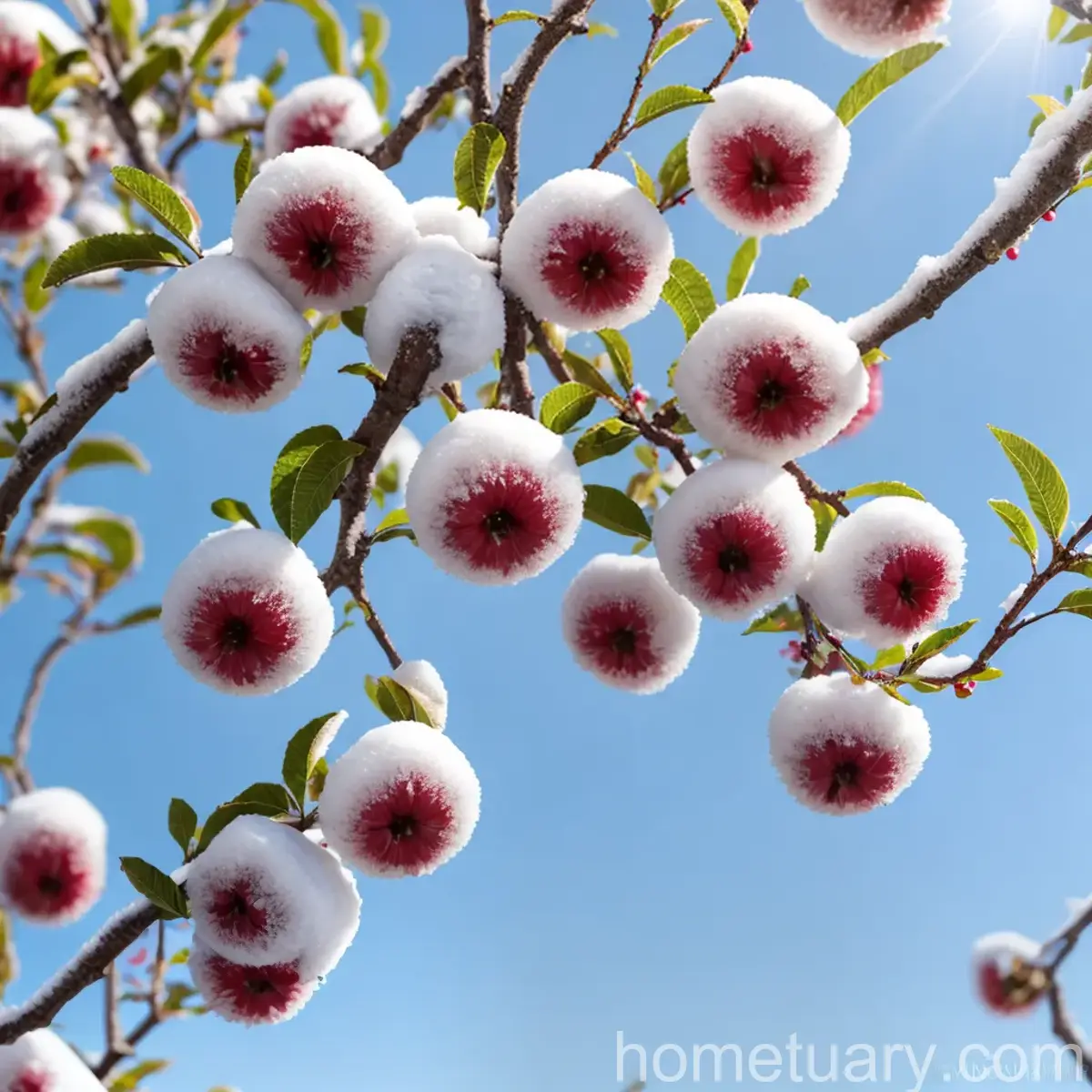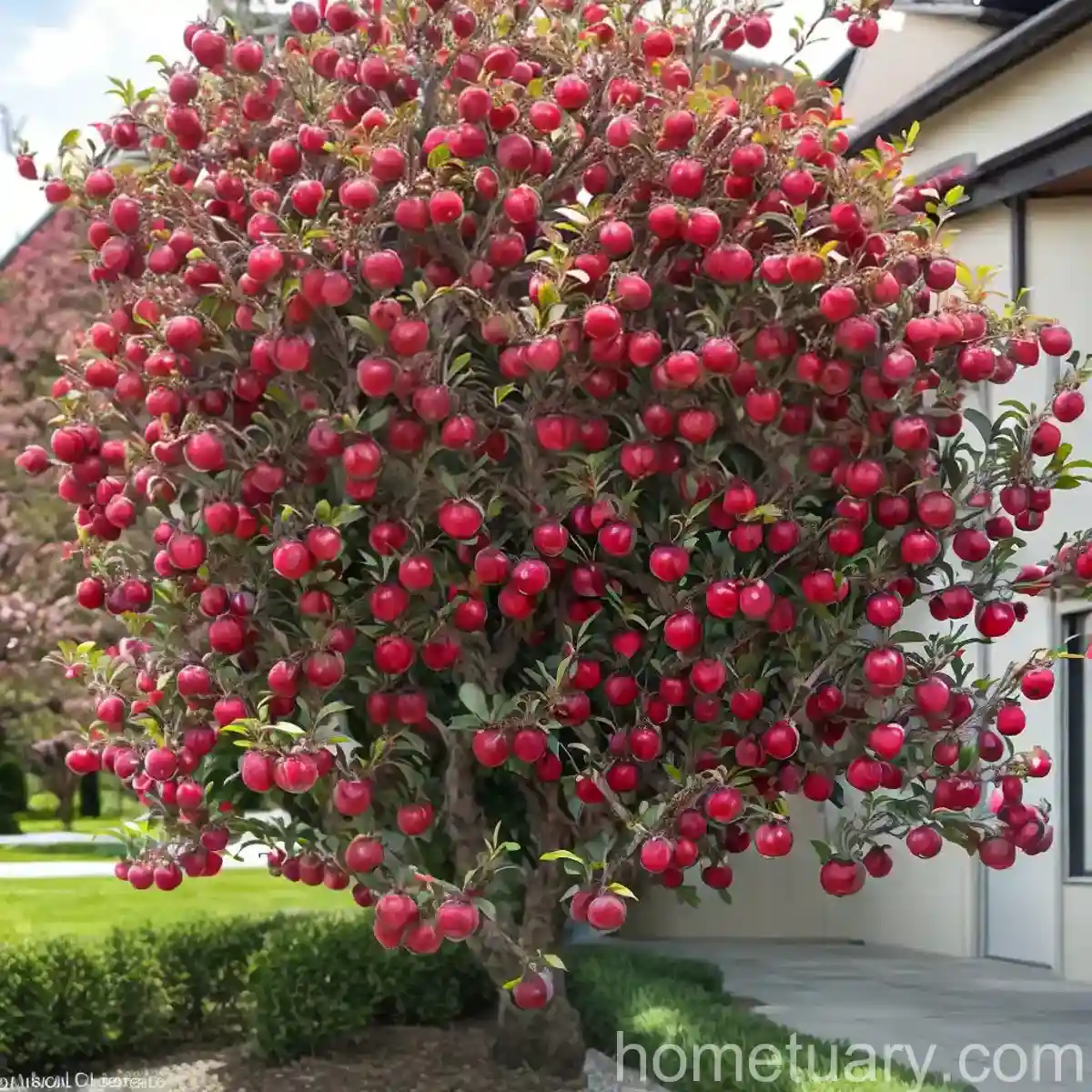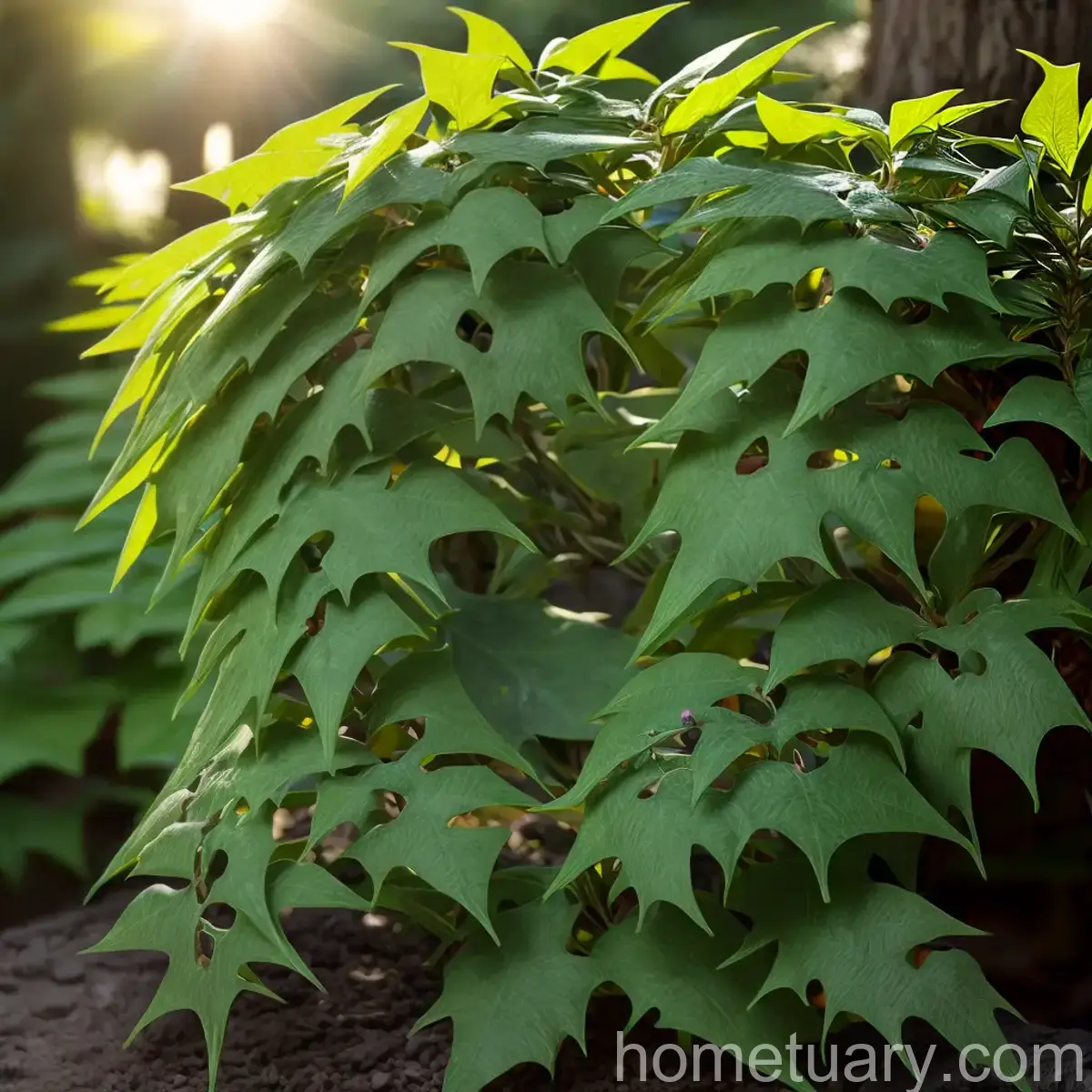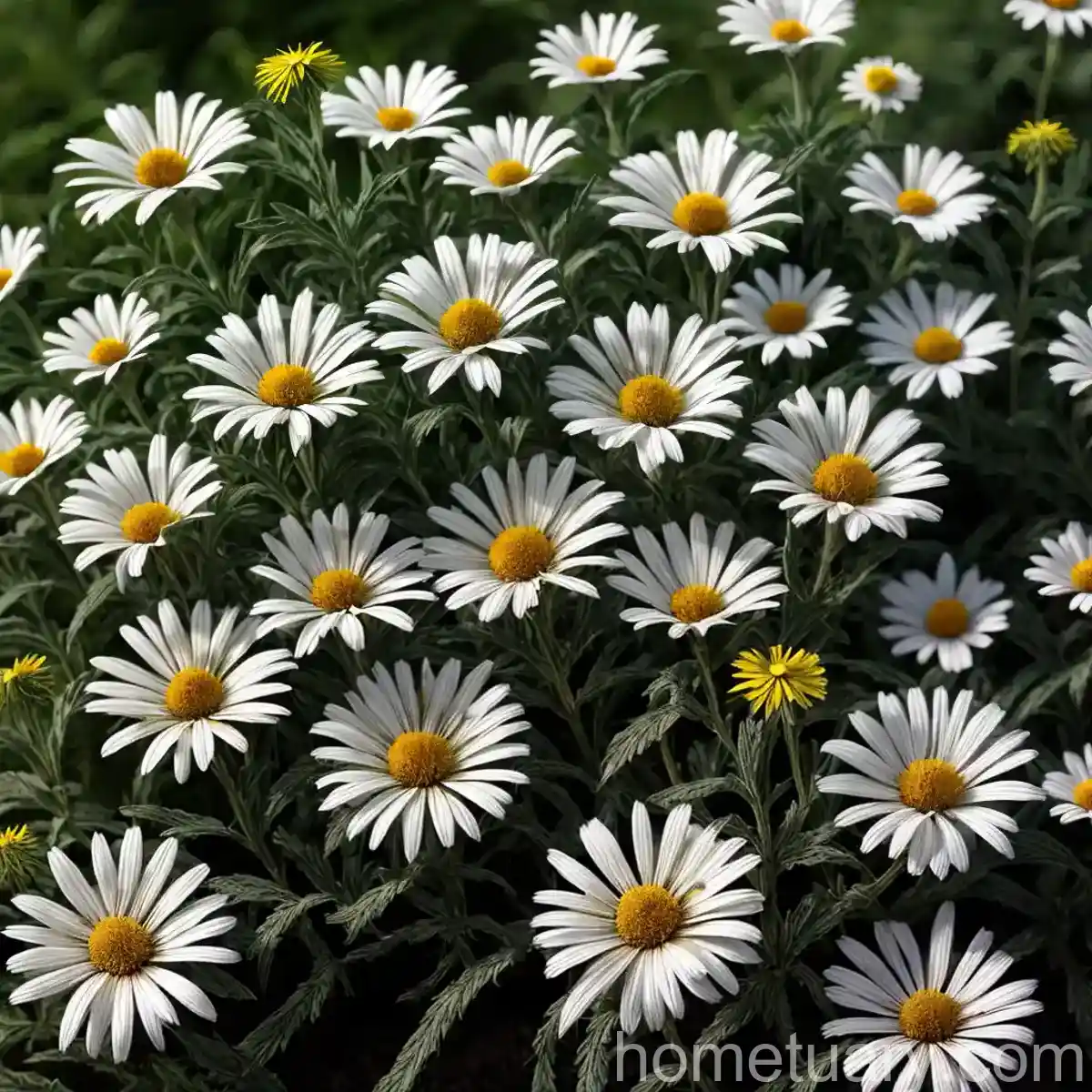The Wonders of Sneezeweed (Helenium ‘Helbro’ MARDI GRAS)

As a plant scientist with a passion for exploring the diverse world of flora, I am thrilled to share insights into the captivating and vibrant plant known as sneezeweed (Helenium ‘Helbro’ MARDI GRAS). This article delves deep into the culture, uses, care, and fascinating aspects of this perennial, offering an invaluable resource for both garden enthusiasts and horticulture professionals.
What is sneezeweed (Helenium ‘Helbro’ MARDI GRAS)?
Sneezeweed, scientifically known as Helenium ‘Helbro’ MARDI GRAS, is a captivating perennial flower that belongs to the family Asteraceae. This plant is renowned for its striking, daisy-like blooms that burst with colorful vibrancy, making it a cherished addition to gardens and landscapes.
The Helenium ‘Helbro’ MARDI GRAS cultivar boasts unique characteristics, distinguishing it from other members of the Helenium genus. With its remarkable beauty and exceptional resilience, this sneezeweed variety has become a favored choice for adorning outdoor spaces and attracting pollinators.
Key Takeaways – Sneezeweed (Helenium ‘Helbro’ MARDI GRAS)
Before delving into the detailed aspects of sneezeweed (Helenium ‘Helbro’ MARDI GRAS), let’s explore a snapshot of the key takeaways that will be covered in this comprehensive guide.
- Culture
- Uses
- Water
- Sunlight
- Fertilizer
- Soil
- Pruning
- Propagation
- Container Popularity
- Common Diseases
- Disease Diagnosis
- Common Pests
- Botanist’s Tips
- Fun Facts
- Links to External Resources
In the subsequent sections, each of these aspects will be explored in depth, unfolding a wealth of knowledge and insights about this enchanting perennial.
Cultivating the Beauty of Sneezeweed (Helenium ‘Helbro’ MARDI GRAS)
Culture
Sneezeweed (Helenium ‘Helbro’ MARDI GRAS) thrives in a culture that provides it with optimal growing conditions. Understanding the cultural preferences of this plant is crucial for ensuring its robust growth and abundant blossoming. Here are the key cultural considerations for nurturing sneezeweed:
- USDA Hardiness Zones: Helenium ‘Helbro’ MARDI GRAS is ideally suited for USDA hardiness zones 4-8.
- Planting Season: The best time to plant sneezeweed is in the spring or fall.
- Watering: It thrives in consistently moist soil, although it is also remarkably tolerant of periods of drought.
- Spacing: When planting multiple sneezeweed specimens, ensure a spacing of at least 18-24 inches, allowing ample room for their development.
- Companion Plants: Sneezeweed harmonizes beautifully with companions such as ornamental grasses, coneflowers, and coreopsis.
Uses
The multifaceted uses of sneezeweed make it a prized addition to diverse settings, from home gardens to public parks. Consider the following applications of this splendid perennial:
- Landscaping: With its vibrant hues and bushy growth habit, sneezeweed adds a captivating allure to landscapes, whether in formal garden beds or wildflower meadows.
- Cut Flowers: The long stems and abundant blooms of sneezeweed make it a delightful choice for floral arrangements, infusing bouquets and vases with lively colors.
- Pollinator Attraction: The nectar-rich flowers of sneezeweed act as a magnet for various pollinators, including butterflies and bees, contributing to the ecological balance of gardens.
It’s evident that the uses of sneezeweed extend far beyond mere ornamental value, enriching both aesthetic and ecological aspects of horticultural spaces.
Nurturing the Splendor: Care and Maintenance Guidelines
Water
Adequate water is essential for the health and vitality of sneezeweed, especially during its establishment phase and periods of extended dryness. Here are some important watering guidelines to ensure optimal hydration for Helenium ‘Helbro’ MARDI GRAS:
- Regular Moisture: For young plants, frequent watering is crucial to support their root development. Ensure that the soil remains consistently moist, but not waterlogged, during the initial growth phase.
- Drought Tolerance: Once established, sneezeweed exhibits impressive tolerance to dry conditions. However, during prolonged droughts, supplemental watering will help maintain its vigor and blooming capacity.
Sunlight
Sneezeweed thrives in bright sunlight, showcasing its best attributes when exposed to adequate sunshine. Consider the following sunlight requirements for optimal growth and flowering:
- Full Sun: Helenium ‘Helbro’ MARDI GRAS flourishes in full sunlight, requiring at least 6-8 hours of direct sun exposure each day.
- Partial Shade: While it prefers full sun, sneezeweed can tolerate partial shade, especially in regions with intense summer heat.
Fertilizer
Feeding sneezeweed with appropriate fertilizers enriches its growth and flowering potential, ensuring robust and healthy plants. Here’s a comprehensive guide to fertilizing Helenium ‘Helbro’ MARDI GRAS:
- Organic Amendments: Incorporate well-rotted compost or manure into the soil before planting to provide a nutrient-rich foundation for the sneezeweed.
- Balanced Fertilizer: During the growing season, apply a balanced, all-purpose fertilizer around the base of the plants, following the manufacturer’s recommendations for dosage and frequency.
Diversity Underground: Soil and Propagation Insights
Soil
The soil composition plays a pivotal role in nurturing the growth and blooming of sneezeweed. Understanding the soil preferences of Helenium ‘Helbro’ MARDI GRAS is essential for creating an ideal growing environment. Consider the following soil-related aspects:
- Well-Drained Soil: Sneezeweed thrives in well-drained, loamy soil that prevents waterlogging and promotes healthy root development.
- Optimal pH: The ideal soil pH for sneezeweed ranges from 6.0 to 7.5, reflecting slightly acidic to neutral conditions.
- Soil Amendments: Incorporating organic matter such as compost and peat moss enhances both the structure and fertility of the soil, providing an ideal substrate for sneezeweed.
Pruning
Pruning plays a crucial role in maintaining the vigor and aesthetic appeal of sneezeweed. Proper pruning practices enhance airflow and prevent overcrowding, reducing the risk of disease and promoting abundant flowering:
- Post-Bloom Pruning: To encourage repeat blooming and prevent self-seeding, deadhead spent flowers regularly.
- Fall Cleanup: In late fall or early spring, prune back the foliage to ground level, allowing for rejuvenated growth in the subsequent season.
Propagation
Propagating sneezeweed allows for the expansion of its captivating presence in gardens and landscapes. Here are the primary methods for propagating Helenium ‘Helbro’ MARDI GRAS:
- Division: During the early spring or fall, divide established sneezeweed clumps, ensuring that each division contains healthy roots and shoots.
- Seed Sowing: Collect mature seeds from the flower heads and sow them in well-prepared seedbeds, maintaining consistent moisture for successful germination.
Embracing Container Gardening: Sneezeweed’s Allure in Pots
Container Popularity
The vibrant and versatile nature of sneezeweed makes it an appealing candidate for container gardening, enabling its enchanting blooms to grace porches, patios, and balconies. Here are some essential insights into container cultivation of Helenium ‘Helbro’ MARDI GRAS:
- Container Selection: Choose large, sturdy containers with adequate drainage to accommodate the robust growth habit of sneezeweed.
- Potting Mix: Utilize a well-draining potting mix that facilitates air circulation around the roots while providing essential nutrients for the plant’s growth.
Battling Adversities: Addressing Diseases and Pests
Common Diseases
While generally resilient, sneezeweed is susceptible to certain diseases that can affect its vigor and visual appeal. Recognizing and addressing these diseases is imperative for maintaining the health of Helenium ‘Helbro’ MARDI GRAS:
- Powdery Mildew: A common fungal disease that manifests as powdery white spots on the foliage. Improve air circulation and consider fungicidal treatments to manage this condition.
- Leaf Spot: Characterized by dark spots and discoloration on the leaves, leaf spot can be addressed with proper sanitation and fungicidal applications.
Disease Diagnosis
Prompt diagnosis of diseases affecting sneezeweed is critical for implementing effective treatment measures and preventing further spread. Look for the following symptoms when diagnosing potential diseases in Helenium ‘Helbro’ MARDI GRAS:
- Foliage Discoloration: Yellowing, browning, or spotting of the leaves may indicate fungal or bacterial infections.
- Stunted Growth: Reduced vigor and growth rates can be indicative of underlying diseases or nutrient deficiencies.
Common Pests
Several pests pose potential threats to the health and appearance of sneezeweed, necessitating proactive pest management strategies:
- Aphids: These tiny, sap-sucking insects can cause distortion and yellowing of sneezeweed foliage. Control aphids through the application of insecticidal soaps or neem oil.
- Spider Mites: These arachnids may infest sneezeweed, causing stippling and webbing on the leaves. Mitigate spider mite infestations through regular monitoring and the application of horticultural oils.
Botanist’s Tips for Sneezeweed Success
Drawing upon my expertise in plant science and horticulture, I have distilled a set of invaluable tips and recommendations to ensure the thriving success of sneezeweed in various growing environments:
- Mulching: Apply a layer of organic mulch around sneezeweed plants to conserve soil moisture, regulate temperature, and suppress weed growth.
- Deadheading: Regularly remove spent flowers to prolong the blooming period and prevent self-seeding.
- Overwintering: In regions with harsh winters, provide a protective layer of mulch or straw over the sneezeweed crowns to shield them from frost and cold damage.
Unveiling Fascinating Insights: Fun Facts about Sneezeweed
As we unravel the captivating world of sneezeweed (Helenium ‘Helbro’ MARDI GRAS), let’s pause to appreciate some intriguing and delightful fun facts about this remarkable perennial:
- Historical Medicinal Uses: Despite its misleading name, sneezeweed was not traditionally used to induce sneezing. Instead, it was valued for its purported medicinal properties in addressing respiratory ailments.
- Pollinator Paradise: Sneezeweed acts as a veritable oasis for pollinators, attracting a diverse array of bees, butterflies, and beneficial insects with its nectar-rich blooms.
- Cultural Significance: Native American tribes once utilized sneezeweed in ceremonial and spiritual practices, underscoring its cultural and symbolic importance.
Journeying Beyond: Exploring External Resources
The enchanting allure and diverse traits of sneezeweed (Helenium ‘Helbro’ MARDI GRAS) invite further exploration and study. Here are some curated external resources that offer valuable insights and information about this captivating plant:
- Royal Horticultural Society (RHS) – Helenium ‘Helbro’
- North Carolina Extension Gardener Plant Toolbox – Helenium autumnale ‘Helbro’
Conclusion
Sneezeweed, in its vibrant and resilient nature, embodies a rich tapestry of culture, utility, and ecological significance. From its enchanting floral displays to its role as a haven for pollinators, Helenium ‘Helbro’ MARDI GRAS stands as a testament to the enduring allure and adaptability of perennial plants. Whether adorning garden beds, thriving in containers, or enchanting with its floral bounty, sneezeweed captivates all who encounter it, perpetuating its legacy as a cherished botanical gem.
In the ever-expanding canvas of horticulture and botanical appreciation, sneezeweed (Helenium ‘Helbro’ MARDI GRAS) commands a place of distinction, inviting enthusiasts and experts alike to revel in its splendor and unravel the mysteries within its vibrant petals.
References
- Dirr, M. A. (2009). Manual of Woody Landscape Plants: Their Identification, Ornamental Characteristics, Culture, Propagation, and Uses. Stipes Publishing.
- Armitage, A. M. (2001). Armitage’s Manual of Annuals, Biennials and Half-Hardy Perennials. Timber Press.
- Geydan, T. D., & Galagovsky, L. R. (2003). In vitro mutagenesis in Helenium spp.: new flower colors. Plant Cell, Tissue and Organ Culture, 75(3), 273-278.
- Thomas, T. A., & Darby, H. (1978). Native American Medicinal Plants: An Ethnobotanical Dictionary. Timber Press.
- Royal Horticultural Society. (n.d.). Helenium ‘Helbro’ MARDI GRAS. https://www.rhs.org.uk/Plants/101709/i-Helenium-i-Helbro-Mardi-Gras/Details
- North Carolina Extension Gardener Plant Toolbox. (n.d.). Helenium autumnale ‘Helbro’. https://plants.ces.ncsu.edu/plants/helenium-autumnale-helbr/
Disclaimer: The content presented in this article is for informational purposes only. The botanical and horticultural recommendations are based on recognized practices and scholarly resources. Individual growing conditions and plant care routines may vary, and it is recommended to consult local gardening experts and authorities for region-specific cultivation guidance.




